Context
Until the spring of 1941, Italian convoys transporting men, vehicles and supplies to Libya had met almost no threat from their British opponents and no attacks had come from Malta. The island was subject to constant pressure from axis bombers based in Sicily and especially in January-February 1941, the presence of the 10th Air corps of the Luftwaffe neutralized any chance of transforming Malta into an offensive outpost threatening the axis supply lines. The situation changed in March 1941 when the Germans started to relocate their bombers to the Balkan area, in preparation for Operation Marita (the invasion of Yugoslavia and Greece), set to start in early April. The Italian Air Force, besides being overstretched already on three fronts, could not achieve the same precision in bombing operations as the Germans did. With less pressure on the island and the Axis forces on the offensive in North Africa, the Royal Navy sought to deploy a small naval force in Malta to attack at night the Axis convoys directed to Libya. On the night between the 15th and the 16th of April 1941, four British destroyers (HMS Jervis, Janus, Nubian and Mohawk) ambushed at night and destroyed an Italian convoy composed of 3 destroyers (Tarigo, Lampo, Baleno) and 5 merchant ships, in the action also the HMS Mohawk was sunk. This event rang an alarm bell for the high command of the Italian Navy (Supermarina) which finally realized the potential threat posed by Malta, if not adequately handled.
The planning
A few weeks before, the special forces of the Italian navy, the X°M.A.S. flotilla, had scored its first success at Souda Bay (Crete) and the new threat posed by Malta led some high-ranking officers to consider similar action against the island. Admiral Raffaele De Courten ordered Commander Vittorio Moccagatta (commanding officer of the X° M.A.S.) to study a possible attack plan against Malta. Moccagatta provided a series of preliminary considerations, which underlined the difficulties of launching such an attack. He pointed that there was no knowledge over the locations of the minefields near the harbour entrance, which was itself narrow and heavily defended. Further planning was required, and fresh intelligence had to be gathered. For this reason, Moccagatta himself went on two recognisance missions on a M.A.S. boat in May to personally judge the situation. During a third recognisance on the 26th of June, he came very close to the harbour entrance and perhaps he convinced himself that an approach at night with a group of explosive motorboats (MTM) could have worked. The original attack would have taken place on the 30th of June, with the first group of MTM tasked with blowing up the external defences of the harbour while the second group had to penetrate the harbour and hit ships and infrastructures. The mission was aborted due to several inconveniences and a new planning phase began. At this point, Teseo Tesei, the inventor of the Italian human torpedo (the “maiale”), convinced Moccagatta and the Navy leadership to modify the attack plan. In Tesei’s view, two human torpedoes would have neutralized, unseen, the external defences, opening the way for the MTM. Tesei had previously been declared unfit for service due to health reasons, but he stubbornly pretended to be part of the action. Several testimonies agree on the idea that Tesei wanted to sacrifice himself, trying to prove the worthiness of his weapon, which had achieved nothing up to that point. Tesei’s modifications were ultimately accepted and he joined the mission, scheduled for the 25th of July.
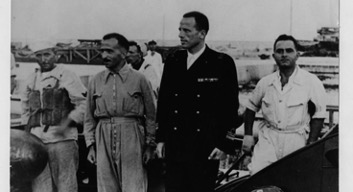
Commander Moccagata (in the centre) and Teseo Tesei (to the right of Moccagatta)

The Slow Running Torpedo (SLC) or “Maiale”
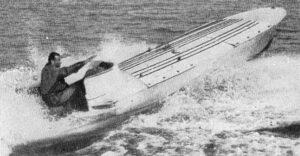
An explosive Motorboats (MTM)
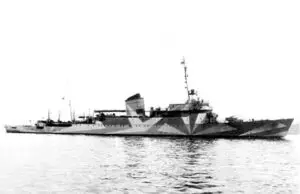
The support ship Diana
The action
On the evening of the 25th of July, the men of the X° M.A.S. departed on board the support ship Diana, accompanied by the MAS 451 and MAS 452. At 22:45 the formation reached point “K” (20 miles from target), the Diana released 8 MTMs, one support motorboat (MTSM) and a second one (MTL) carrying two Human torpedoes. MAS 451 towed the MTL and in the darkness of the night, the formation initiated the attack run, led by Moccagatta (on MAS 451) and Commander Giobbe (on the MTSM). Unknown to them, the radars on Malta had spotted the approaching ships and the harbour defence batteries were put on the alert. Around 3:00 AM of the 26th, the two human torpedoes were released in the water, but the one piloted by Lt. Costa suffers from a malfunction and Tesei desperately tried to repair it. Precious time was lost, then Tesei ordered Costa to stay back, he will go alone with his human torpedo onto the target, together with Lt. Alcide Pedretti on the backseat.
Before disappearing into the water, he told Costa the following words “the obstructions must explode at 4:30, in case I am late, I will set the timer to the minimum” (which meant blowing up with the charge).
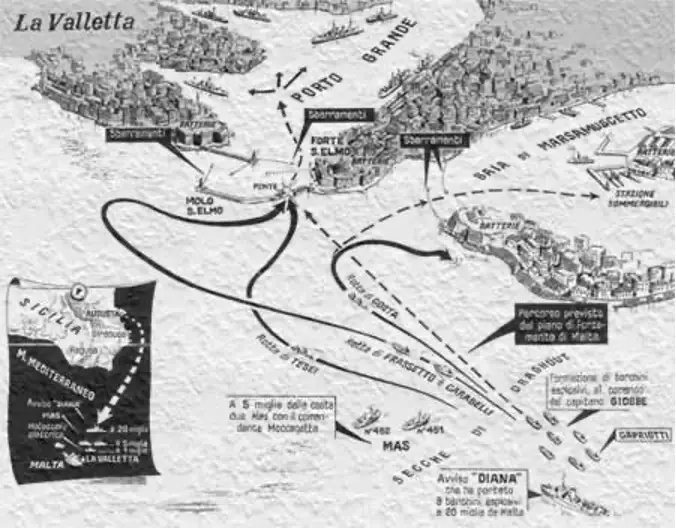
A map showing the attack plan
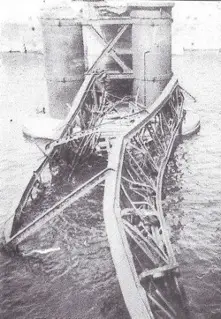
The crumbled bridge at the harbor entrance
Time was running, at 4:40 AM still nothing, but at 4:45 the men on the 8 MTM felt a deep vibration in the water, perhaps an underwater explosion, perhaps Tesei’s charge blowing up? Commander Giobbe and his men could not sight any other signs thus the attack order was given, otherwise, the sunlight would have compromised the attack. Roberto Frassetto and Luigi Carabelli launched their MTM against the outer defences, but Carabelli was unable to eject and exploded with his boat. The explosion opened a gap but the bridge above the obstructions crumbled, thus blocking the way to the Italians. The six remaining MTM rushed towards the entrance, but searchlights and machine-gun fire invested them. Some MTM were hit, some withdrew and were scuttled by their operator. Of the 8 MTM pilots, two died in the assault the other six were captured.
Commander Giobbe witnessed the scene and turned back to link up with commander Moccagatta (on MAS 451). The survivors withdrew on board the two M.A.S. and the MTSM and around 6:05 sighted five Italian fighters (M.C.200) that should have provided air cover. A few minutes later, they were attacked by thirteen British fighters who descended from high altitude and shot down two Italian fighters. In the ensuing action, the two M.A.S. was hit by machine-gun fire and disabled, Commander Giobbe and Commander Moccagatta died in the attack. Only eleven survivors (out of fifty men) managed to reach the support ship Diana on board the MTSM.
Epilogue
The daring raid against Malta was a tremendous hit for the X°M.A.S., 39 valuable men were lost, and senior figures of the flotilla had died, Giobbe, Moccagatta and Tesei. The circumstances of Tesei’s death will remain a mystery but surely not his adamant determination and spirit of sacrifice. After the defeat, the X° M.A.S. regrouped under a new leadership and moved on, scoring the first success against Gibraltar (September 1941), and the biggest one at Alexandria (December 1941).
Sources
Bagnasco, E. (2015). I mezzi d’assalto Italiani 1940-1945 (Parte I).
Bagnasco, E. (2015). I mezzi d’assalto Italiani 1940-1945 (Parte II).
Giorgerini, G. (2007). Attacco dal mare, storia dei mezzi d’assalto della marina italiana.
Toschi, E. (2009 ). La mia avventura con Teseo Tesei .